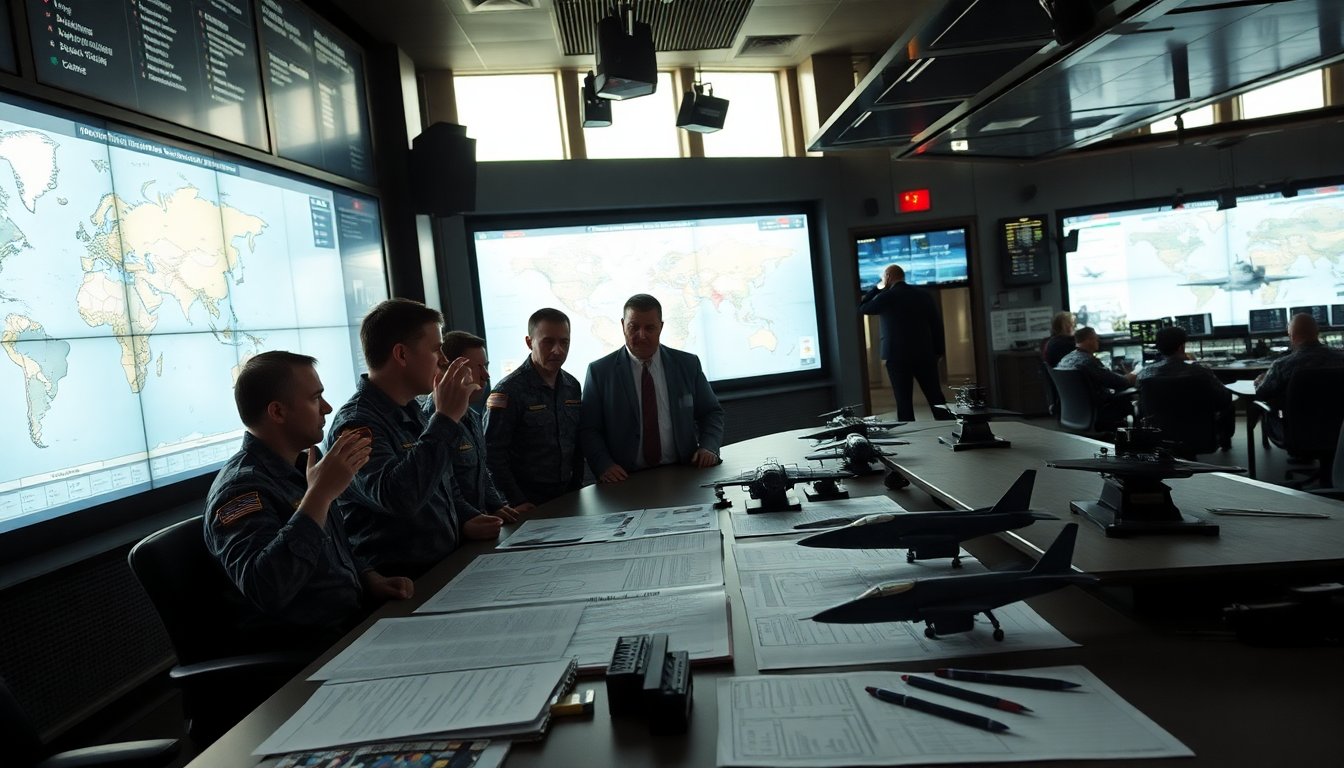Table of Contents
Things are changing fast on the global stage, and the United States is at a critical juncture in its defense strategy. As the nation navigates various international conflicts, particularly in Ukraine and the Middle East, there’s another pressing issue right in its backyard: China’s growing military power. This article takes a closer look at what these developments mean and why it’s time for the U.S. to rethink its military focus and resources.
How Ready is the U.S. Military?
Even though China has been flagged as a major strategic challenge, the U.S. military is still operating under a Cold War-era framework. This outdated approach keeps forces tied up in Europe and the Middle East, leaving the Indo-Pacific region alarmingly under-resourced. The reality is clear: while America stretches itself thin across multiple fronts, China is rapidly boosting its military capabilities. In fact, it now boasts the largest navy in the world and is expanding its missile forces at a staggering pace.
China’s military strategy is all about creating dilemmas for the U.S. and its allies, taking advantage of weaknesses in American defense. With a well-equipped People’s Liberation Army (PLA) ready for action—especially concerning Taiwan—the urgency of the situation can’t be overstated. The advancements in missile technology, naval power, and cyber capabilities from the PLA are more than just statistics; they represent a significant shift in the balance of power that the U.S. cannot afford to overlook.
As the U.S. military faces challenges with funding and modernization, it risks falling behind. Current defense budgets often don’t cut it when it comes to new ships, aircraft, and munitions, all of which are critical for maintaining a competitive edge. This problem is worsened by an industrial base that’s struggling to keep up with the demands of countering Beijing’s expanding arsenal.
What Does China’s Military Expansion Mean?
China’s military expansion isn’t just about numbers; it’s about strategy and intention. The PLA’s goal of achieving operational readiness by 2027 shows a clear commitment to asserting its claims over Taiwan and beyond. This isn’t some distant threat—it’s a reality that U.S. policymakers need to take seriously right now.
The gap between U.S. and Chinese military capabilities is troubling. While the U.S. invests heavily in advanced defense systems, China is busy developing systems designed to overwhelm these defenses through sheer volume. This strategy has far-reaching implications, not just for U.S. assets but also for the deterrence strategies that have long been the backbone of American military policy.
On top of its military might, China employs a complex strategy that includes economic pressure, cyber operations, and political influence campaigns. This hybrid approach chips away at U.S. credibility and influence in the region without requiring a direct military confrontation. Therefore, it’s crucial for the U.S. to adapt its strategies to effectively counter these evolving threats.
Time for Action!
The era of strategic inertia must come to an end. The U.S. needs to decisively reinforce its presence in the Indo-Pacific, ramp up shipbuilding efforts, and ensure that military bases are fortified and strategically placed to minimize vulnerabilities. Building stronger partnerships with key allies like Japan, Australia, and India will be essential to create a united front against Chinese aggression.
Additionally, it’s vital to focus on increasing munitions stockpiles and enhancing logistics capabilities to sustain prolonged engagements if necessary. The perception of U.S. resolve is critical; failing to act decisively could embolden adversaries and threaten global stability.
In summary, the U.S. stands at a crossroads regarding its defense strategy. The challenges posed by China are immediate and demand a quick response. By prioritizing investments in military readiness and nurturing international alliances, the United States can ensure it remains a formidable player on the global stage, capable of deterring aggression and safeguarding its interests.


